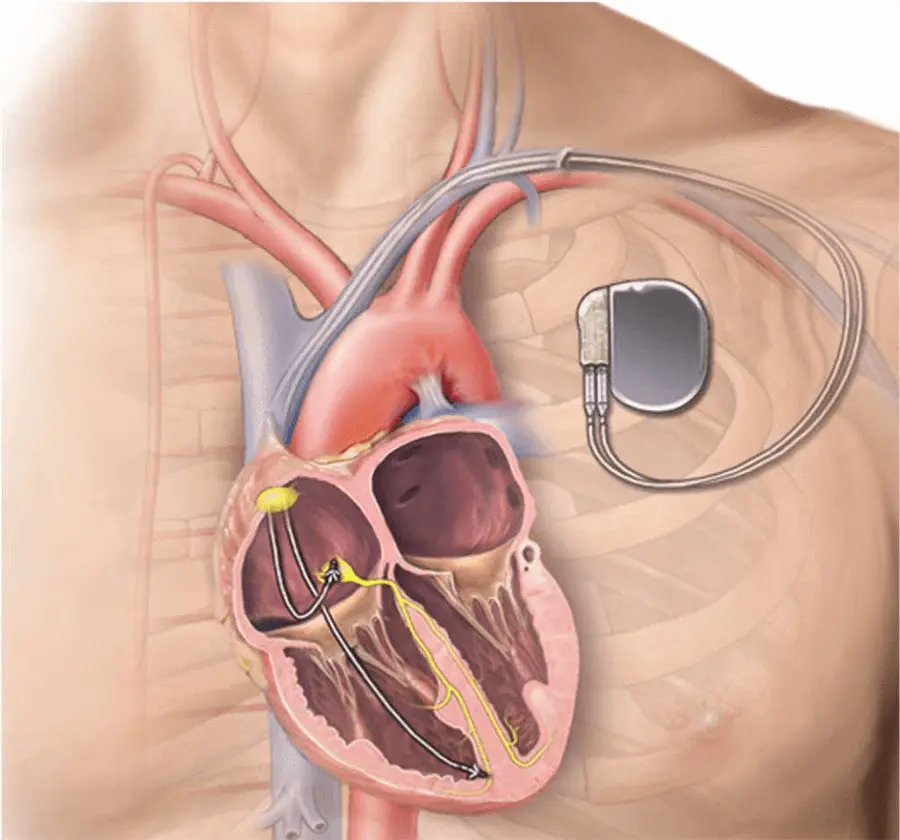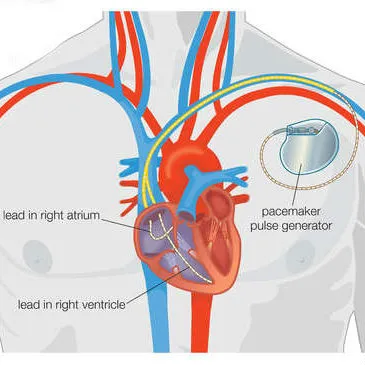A pacemaker is a small piece of equipment that is placed in a human’s chest. It has several advantages like controlling the heartbeat and preventing of heart from beating slowly. The process of implanting a pacemaker in a human chest is done by following a surgical procedure. In medical terms, a pacemaker is also termed a “cardiac pacing device.” Thus, the ppm medical abbreviation is a permanent pacemaker used to control the heartbeat functioning in humans.

What are the Types of Permanent Pacemakers (PPM)?
You might have any of the following pacemakers depending on your condition. Let us know what are the types of PPM.
1. Single Chamber Pacemaker
The single-chamber pacemaker consists of one lead which helps to connect the pulse generator with one chamber in the human heart. In many cases, it is been seen a doctor’s advice is to go with a single chamber pacemaker and connect the lead with your right ventricle. This process will benefit in controlling the heartbeat pacing.
2. Dual Chamber Pacemaker
The dual-chamber pacemaker provokes electrical impulses to both the right atria as well as the right ventricle. This process is done under local anaesthesia which will help in controlling the contraction time between two chambers.
3. Biventricular Pacemaker
This type of pacemaker is also known as “cardiac resynchronization therapy.” Patients who are suffering from heart problems or heart failure are advised for a biventricular pacemaker. This type of pacemaker supports stimulating the lower heart chamber including both left and right ventricles so that the heartbeat will work more efficiently.
What is the Importance of Choosing PPM in Cardiac Patients?

1. Patients who are suffering from problems like symptomatic bradycardia require to use the pacemakers.
2. PPM is a life-saving methodology in which the doctor saves their patient’s heart rhythm.
3. When a doctor chooses the process of PPM implantation then they are helping to restore the patient’s heart rate to a normal state. This will result in recovering from stages of dizziness or fainting attack.
4. A cardiologist is responsible for doing all such processes under local anaesthesia. The complete process is applicable in the cardiac catheterization laboratory.
What are the Complications and Effects of a Pacemaker?
Permanent Pacemaker is the PPM medical abbreviation that does have complications. The patients might face some long-term effects like traumatic problems for example pneumothorax and pericardial effusion.
Other known complications are pocket and infection issues.
When Does a Patient Need to Meet a Cardiac Doctor?
You need to talk to your health expert regarding the problems and symptoms that you have determined in your health. The patient can suffer from the following problems which he should tell his cardiology doctor.
· If you are facing any pain in your chest then it recommends asking your doctor about this symptom. This problem is also known as angina.
When you are feeling a fast heartbeat for example more than 100 beats in a minute. This problem is called Tachycardia in medical terms.
If you are feeling less heartbeat for example 60 beats per minute then you should consult your doctor. Such problems are known as Bradycardia.
The doctor will check if you are suffering from an irregular heartbeat or not.
Other symptoms that you might observe like shortness of breath, fainting, swelling in your legs, and ankles, or going washroom multiple times during the night to pass urine.
What are the Benefits of a Permanent Pacemaker Implantation?
One of the best results of a permanent pacemaker is to improve and enhance the quality of your life. The process will help on preventing interruptions that are caused by heart problems. The following are the benefits of PPM:
PPM will save your life and heart from stopping.
It will give relief from chest pain, nausea, confusion, fainting, and much more.
Other problems that occur as arrhythmias will also be cured by permanent pacemaker implantation.
Expectations of PPM Before and After the Procedure

Before the procedure
- It will take a few hours when the doctor will start the implantation of the pacemaker. In this method, the doctor will insert an IV into your hand or forearm as required followed by a sedative medication so that you will relax for some time.
- After the above process, your chest will be cleaned with the help of specific soap.
- The specialist will give you local anaesthesia so that the area will get numb to start the PPM procedure.
During the procedure
- With the help of X-ray images, the specialist will insert wires into your major vein.
- In this process, one of the wires will be secured at the correct position in the patient’s heart while the other point of the wire is attached to the pulse generator.
After the procedure
- The patient will stay in the hospital after the process completion for a day.
- The doctor will guide you with the dos and don’ts list once you get discharged from the hospital.
Now, you have complete knowledge of what is the ppm medical abbreviation, its process, before, during, and after the procedure, and much more from this article. Try to communicate with your doctor about your health issues and stay fit with a healthy heart.



